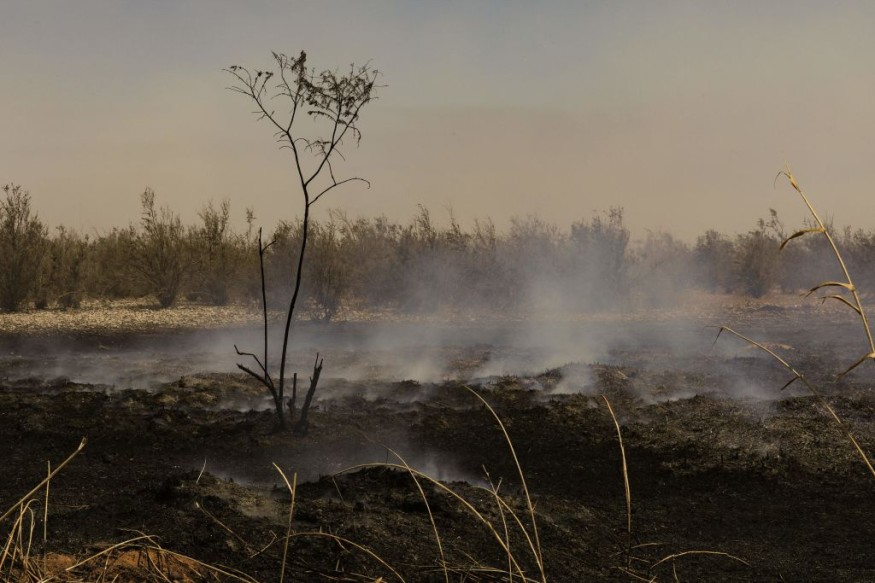
Millions of lives in Syria, Iraq, and Iran have been put at risk due to human activities that resulted in extreme droughts.
Experts said that climate crisis means that long-lasting and severe droughts are no longer rare.
Further, in the Tigris-Euphrates basin, severe droughts had happened about once every 250 years before global heating. However, at present, they are expected once a decade.
Low Rains, Elevated Temperatures
The research had found that from boreal winter 2020 onwards, a large region in West Asia, encompassing the Fertile Crescent around the rivers Euphrates and Tigris as well as Iran, had suffered from exceptionally low rains and elevated temperatures.
The resulting three-year drought has already resulted in severe impacts on agriculture as well as the access to potable water.
Researchers noted that in this arid region, a large part of the population usually depends on rain-fed agriculture, in particular wheat farming and livestock.
"While there is a comparably large variability in the year to year rain, this drought was the second worst in the observed record, driven by rising temperatures," the study indicated.
"It hit at a time when other socio-economic factors including the ongoing war in Ukraine with its impacts on energy and food prices, as well as conflicts and political unrest, compound the consequences of the drought," it added.
The study stated that drought affects a region with a highly vulnerable population due to varying degrees of fragility and conflict including war and post-war transition, rapid urbanization in the face of limited technical capacity, and regional instability.
These dynamics increased vulnerability to the impacts of drought and created a humanitarian crisis, according to experts.
The whole Euphrates and Tigris basin and large parts of Iran experienced extreme and exceptional agricultural drought over the 36 months up to June 2023, making it the second-worst drought on record in both regions.
Moreover, the extreme nature of the drought is not rare in the present climate, which has been warmed by 1.2°C due to burning of fossil fuels.
The study indicated that events of comparable severity are expected to occur at least every decade.
For both regions, it was found that human-induced climate change has increased the intensity of such a drought such that it would not have been classified as a drought in a 1.2°C cooler world.
Thus, experts have confirmed that the observed finding is indeed caused by human-induced climate change.
Fossil Fuels
Experts warned that unless the world rapidly stops burning fossil fuels, these events will become even more common in the future.
In a world 2°C warmer than preindustrial, it was said that an event like this would be an exceptional drought, which is the worst category possible.
Meanwhile, the high levels of water stress in the region at present are exacerbated by limitations in technical capacity, water management, and regional cooperation.
Rapid population growth, industrialization and land-use changes, dam practices and river flow management between upstream and downstream countries, aged water treatment plants, and low efficiency of irrigation water systems have contributed to a complex water crisis.
The study said that water is weaponized in conflict, with water systems increasingly targeted for sabotage.
© 2025 NatureWorldNews.com All rights reserved. Do not reproduce without permission.

